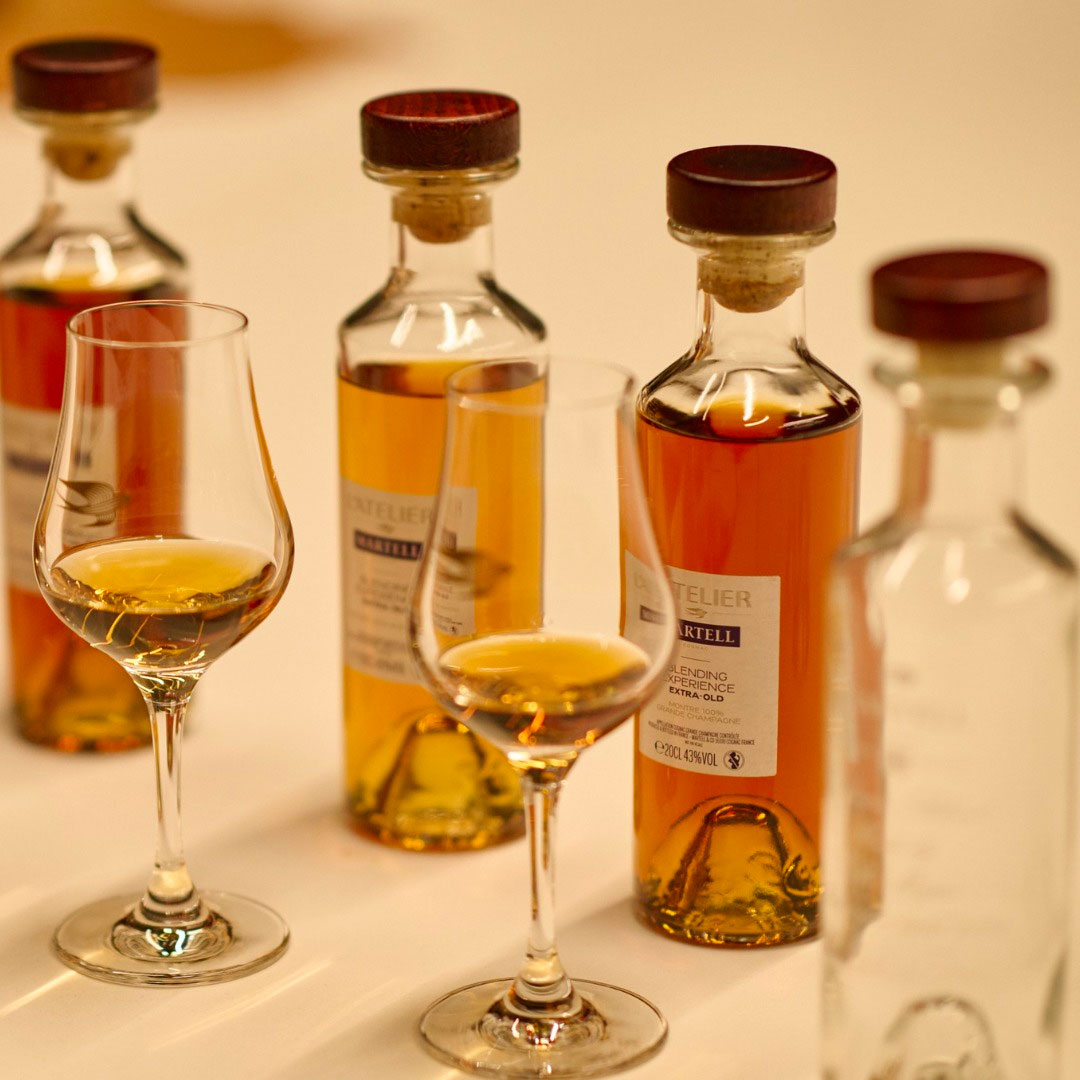Explore the top 5 Cognac producers in France with facts, figures, and detailed insights. Learn what makes each Cognac house unique and reliable.
Cognac production is a regulated process based in western France. The product must be made in specific regions, primarily in Charente and Charente-Maritime, following the Appellation d’Origine Contrôlée (AOC) rules. Cognac is a type of brandy distilled from white wine, mainly Ugni Blanc grapes, and aged in French oak barrels. The producers with the highest reputation and largest global presence are mainly historical houses, with production capacities exceeding several million bottles per year.
Hennessy: Largest Cognac producer by volume
Hennessy is based in Cognac, Charente, and was founded in 1765. It is part of the LVMH group. Hennessy accounts for around 40% of global Cognac sales. The house produces over 100 million bottles annually. Its best-known products are Hennessy V.S, V.S.O.P, X.O, Paradis and Richard Hennessy.
Hennessy Cognac is distributed in over 130 countries. Prices range from €40 (approx. £34 / $44) for V.S to over €3,000 (approx. £2,560 / $3,300) for Richard Hennessy. The production process focuses on double distillation in Charentais copper pot stills, followed by aging in Limousin oak barrels.
Hennessy’s strength lies in its consistent blending techniques and global reach. The limitation is a high reliance on volume-driven marketing, which can affect exclusivity.
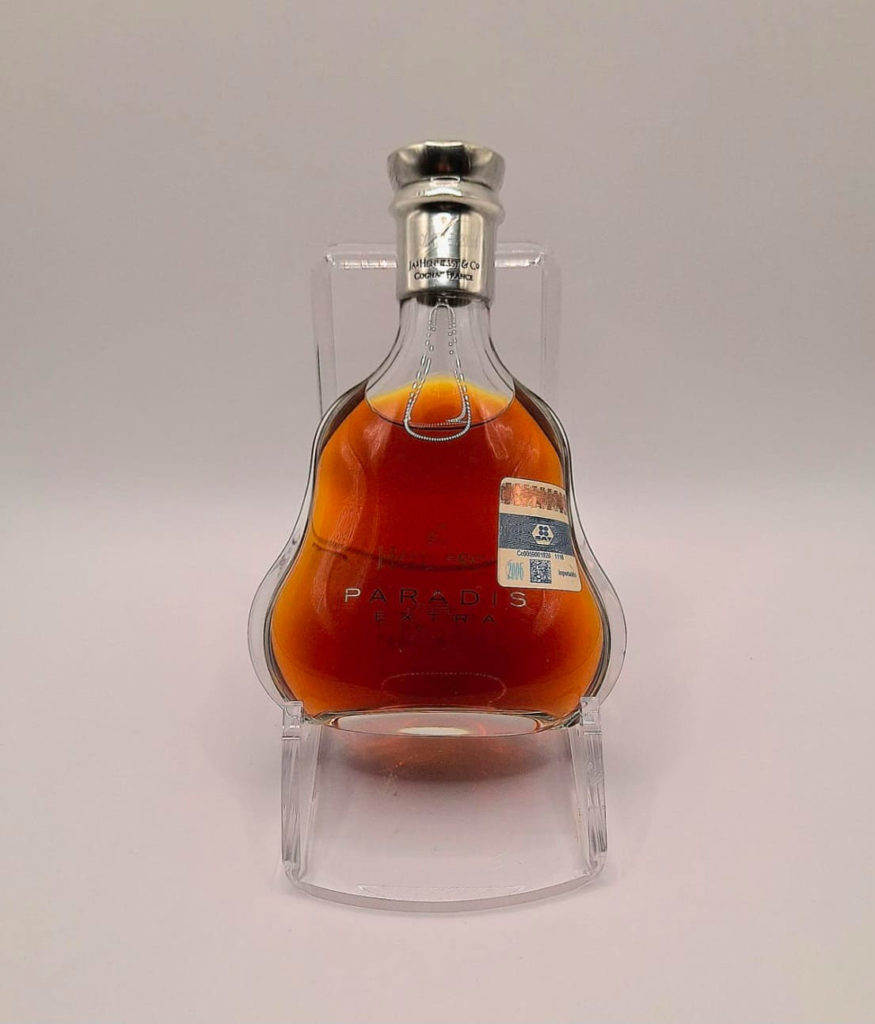
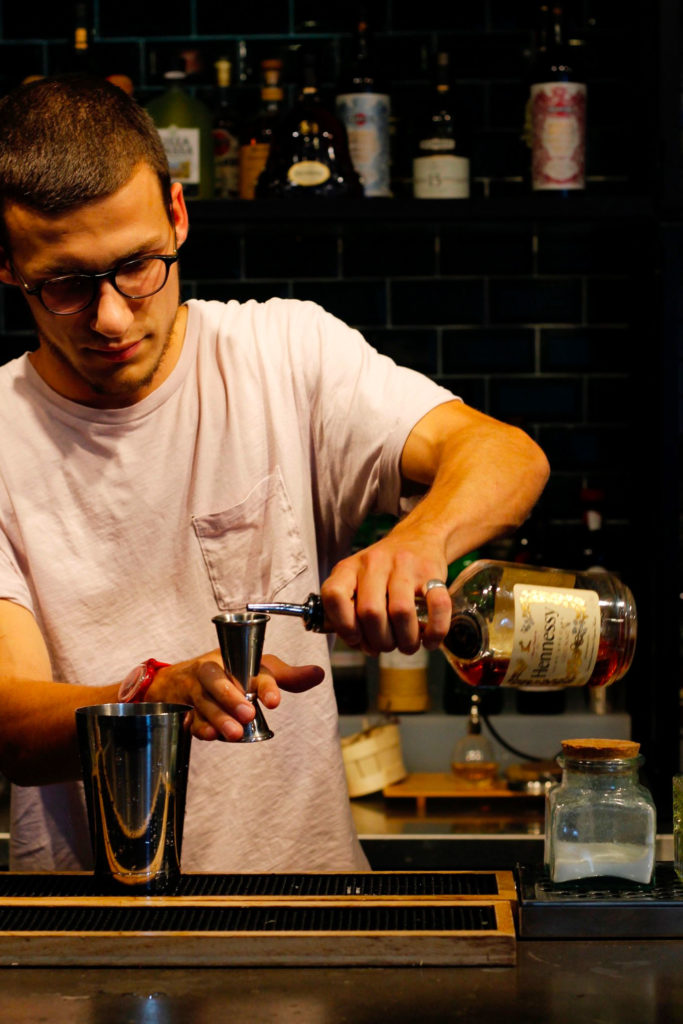
Rémy Martin: Specialised in Fine Champagne Cognac
Founded in 1724, Rémy Martin is part of the Rémy Cointreau group. It is the only major Cognac house to exclusively produce Fine Champagne Cognac, which means its eaux-de-vie come from Grande Champagne (minimum 50%) and Petite Champagne crus.
Rémy Martin’s core products include Rémy Martin V.S.O.P, X.O, Club, 1738 Accord Royal, and Louis XIII, its most prestigious Cognac. Louis XIII is aged for up to 100 years and contains up to 1,200 eaux-de-vie. Its price is over €3,500 (approx. £2,990 / $3,800) per 700 ml bottle.
Rémy Martin is appreciated for its long-aged blends and terroir focus. Its production volume is lower than Hennessy, which limits market penetration but enhances positioning.
Martell: Oldest of the big houses
Founded in 1715, Martell is the oldest major Cognac house, now owned by the Pernod Ricard group. It produces around 14 million bottles per year. Its production sites are located in Cherves-Richemont and Javrezac.
Martell uses a distinct method: non-filtration of its eaux-de-vie before aging, preserving aromatic compounds. Its main products are Martell V.S, Blue Swift, V.S.O.P, X.O, Cordon Bleu, and L’Or de Jean Martell.
Prices start at €35 (approx. £30 / $38) for V.S and go beyond €2,500 (approx. £2,140 / $2,700) for L’Or. The house has a solid export network, especially in China and Southeast Asia.
Martell’s technical identity is strong, but the brand sometimes faces a less distinctive image compared to its competitors.
Courvoisier: Heritage and craftsmanship
Courvoisier was established in 1835, in Jarnac, and is now owned by Beam Suntory. It produces about 10 million bottles per year. The house claims links to Napoleon Bonaparte, although this is primarily marketing-driven.
Its lineup includes Courvoisier V.S, V.S.O.P, X.O, Initiale Extra, and L’Essence de Courvoisier. The pricing varies from €30 (approx. £26 / $33) to over €2,000 (approx. £1,710 / $2,200).
Courvoisier emphasizes artisanal blending and aging techniques, but its global presence is smaller compared to the top three. The production relies on small coopers and local grape growers, ensuring a direct link with terroir.
Courvoisier offers good product variety, but it has a less prominent market share in Asia and North America.
Camus: Family-owned and terroir-focused
Camus is one of the last major Cognac producers to remain family-owned. Founded in 1863, it is based in Cognac, Charente. It produces around 4 million bottles annually.
Camus uses aromatic distillation, aiming to preserve the natural flavors of the wine. Its main range includes Camus V.S, V.S.O.P, Borderies X.O, Ile de Ré, and Camus Extra.
Prices start at €40 (approx. £34 / $44) and go up to €1,500 (approx. £1,280 / $1,650). The house focuses on Borderies, the smallest Cognac cru, known for floral and soft profiles.
Camus offers distinct regional identity, but it remains a mid-size player in terms of distribution.
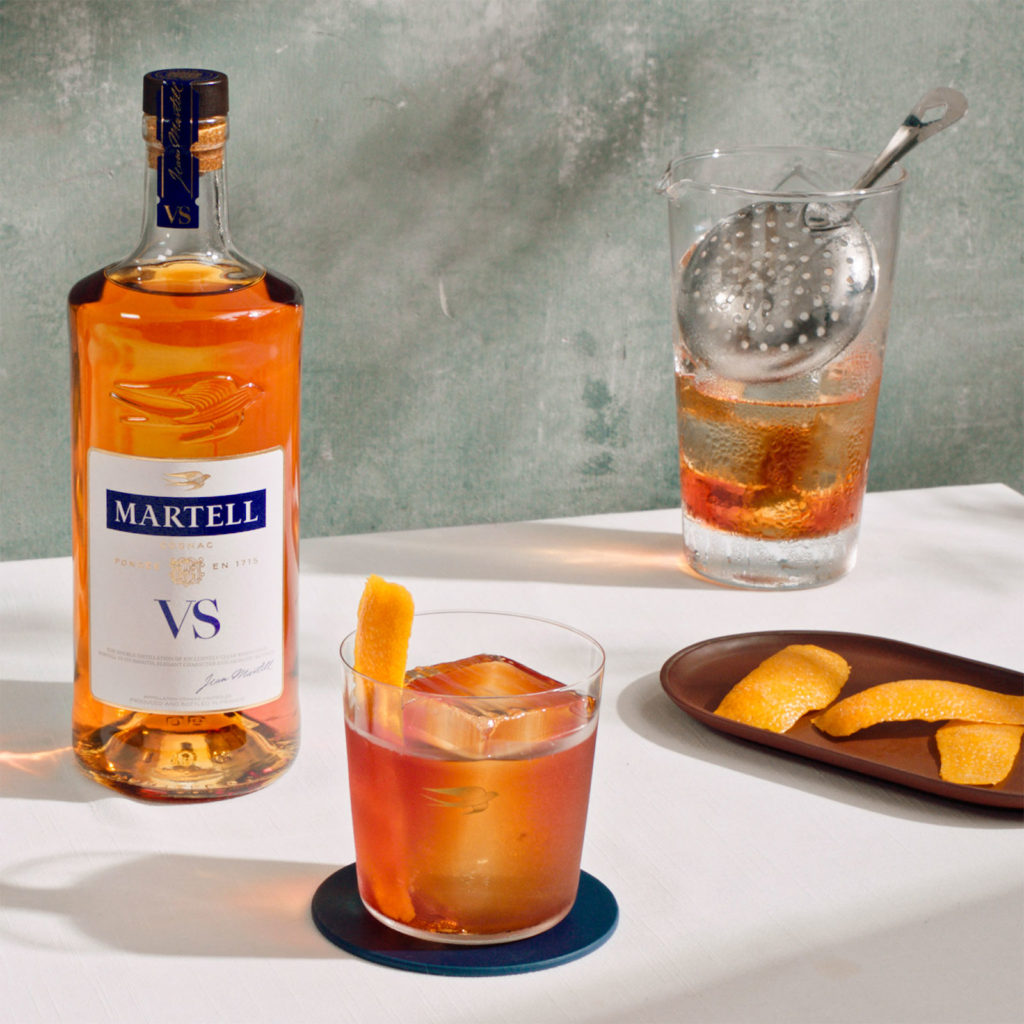
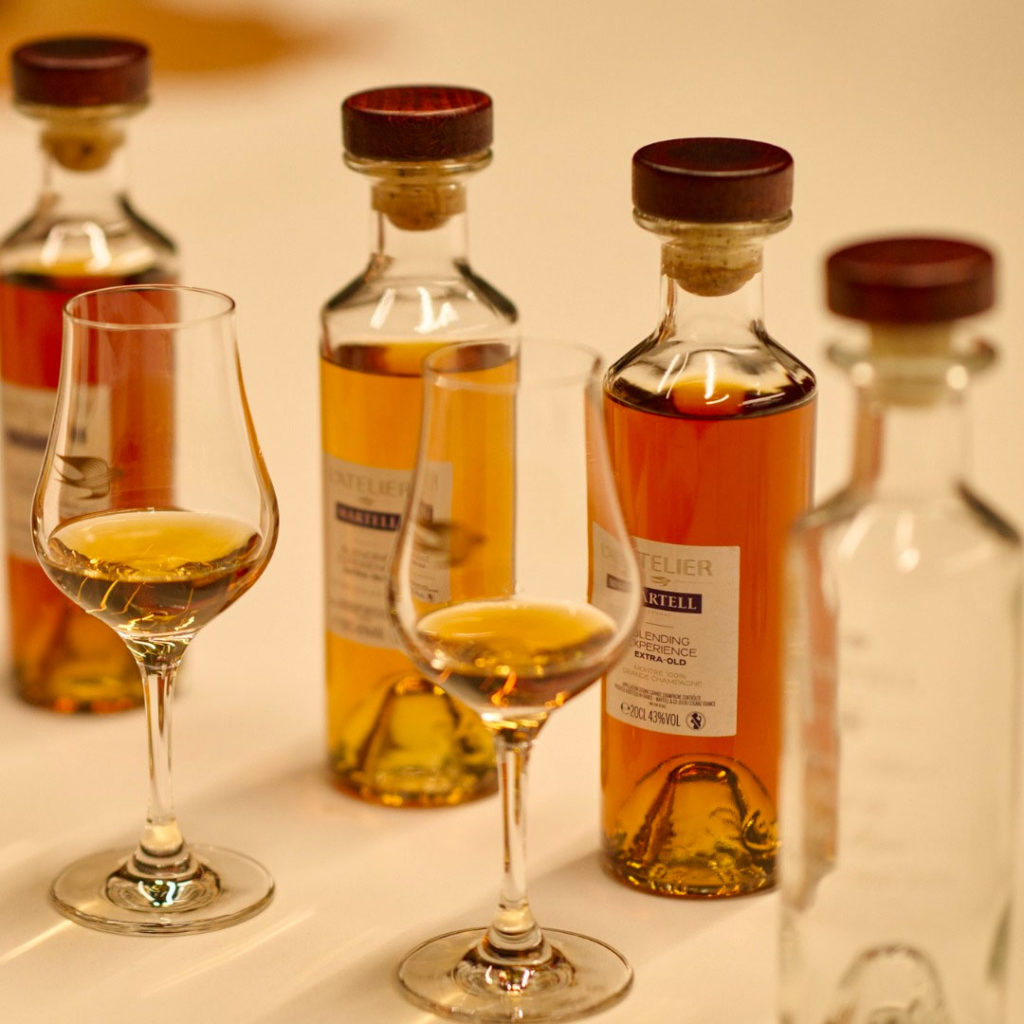
Market dynamics and key data
The global Cognac market represents over €4 billion (approx. £3.4 billion / $4.4 billion) annually. The top 5 producers cover more than 90% of total exports. In 2023, exports reached 212 million bottles, mainly to North America (44%), Asia (29%), and Europe (20%). Prices vary depending on cru, age, and rarity of the blend.
The Cognac production zone covers around 78,000 hectares (approx. 193,000 acres). The main grape is Ugni Blanc, which covers over 98% of the vineyard area.
Producers face challenges such as climate variation, barrel availability, and supply chain logistics, especially for exports outside the EU. Pricing is influenced by taxation, aging duration, and global demand cycles.
Market structure and consumer impact
The Cognac sector is structured around a few dominant producers who control supply and branding. Hennessy, Rémy Martin, Martell, Courvoisier, and Camus offer varied products, from entry-level to ultra-premium. Each house has a specific identity, based on terroir, distillation method, aging process, and distribution strategy.
Consumers benefit from a wide choice of flavor profiles and price points, but the market remains concentrated. Smaller producers exist, but their international reach is limited.
Understanding the technical characteristics and economic data helps consumers make informed choices. The notion of quality in Cognac relies not only on age but also on origin, blending technique, and maturation time.
XperienceFrance is your travel specialist in France.
